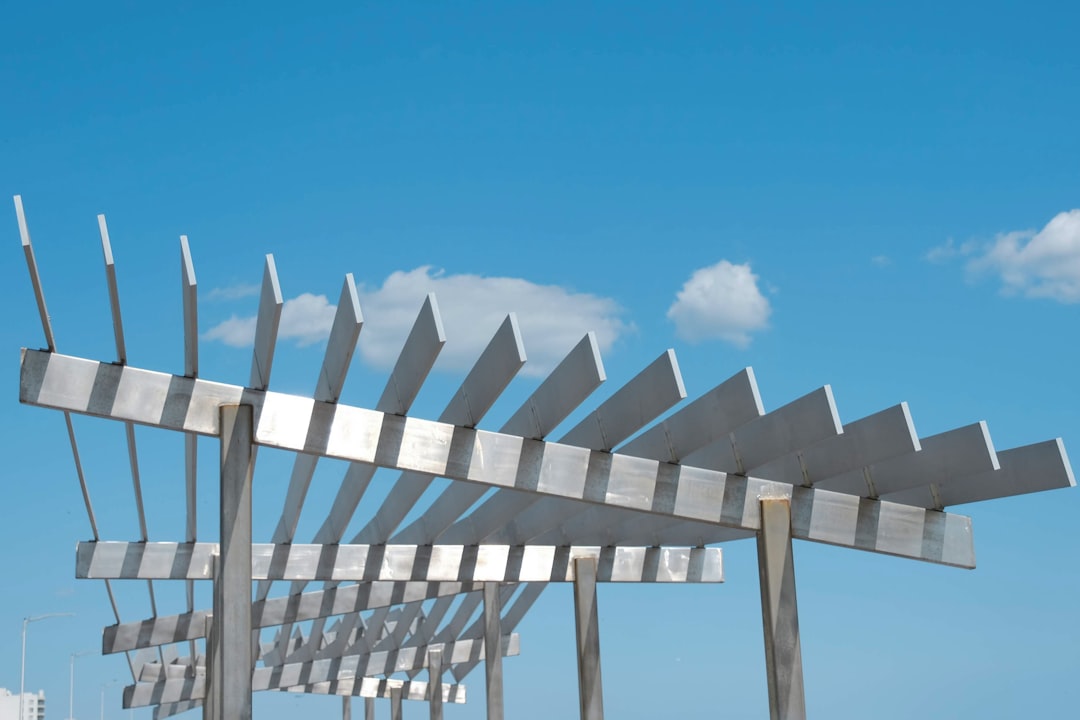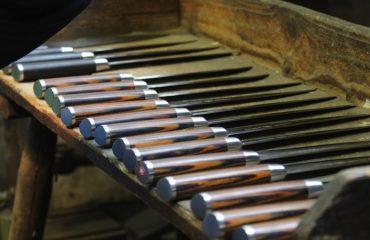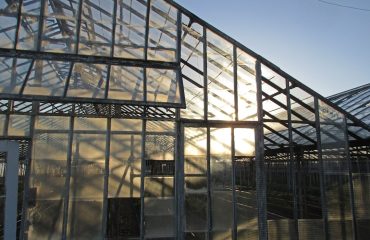The relentless pursuit of renewable energy sources has propelled wind energy to the forefront of global power generation. Behind the majestic sweep of wind turbine blades lies a critical component often overlooked: steel profiles. These precisely engineered steel shapes are the unsung heroes, providing the structural integrity and strength necessary for these colossal structures to withstand the immense forces of nature. This comprehensive guide delves into the multifaceted role of steel profiles in wind energy projects.
1. The Tower’s Foundation: Steel Profiles in Wind Turbine Construction
The wind turbine tower, often reaching heights exceeding 100 meters, is a testament to engineering prowess. Steel profiles, primarily tubular sections and hollow sections, form the backbone of these towers. These profiles are chosen for their high strength-to-weight ratio, crucial for minimizing material costs and maximizing energy capture. Different grades of steel, such as high-strength low-alloy (HSLA) steels, are employed to withstand fatigue loading, bending moments, and torsional stresses caused by wind gusts and operational dynamics. The precise design of these profiles, including wall thickness and diameter, is meticulously calculated using sophisticated finite element analysis (FEA) software to ensure optimal performance and longevity in even the most extreme weather conditions. Connections between the different sections of the tower are equally critical, employing robust welding techniques and bolted joints to maintain structural integrity.
2. Blade Manufacturing: The Role of Steel in Shaping Wind Power
While composite materials like fiberglass and carbon fiber dominate the construction of wind turbine blades, steel profiles play a vital supporting role. Steel profiles are incorporated into the blade’s spar caps, providing the necessary structural rigidity and strength to handle the immense centrifugal forces generated during rotation. These steel components contribute significantly to the blade’s overall stiffness, preventing excessive bending and flutter, which can lead to premature failure. The precise machining and shaping of these steel profiles are critical to achieving the desired aerodynamic profile of the blade, maximizing energy extraction from the wind. The selection of steel grade is crucial here, considering factors like corrosion resistance and fatigue life, as blades are constantly exposed to the elements.
3. Choosing the Right Steel: Grades and Properties for Wind Energy Applications
The selection of steel profiles for wind energy applications is a critical decision that balances performance, cost, and longevity. HSLA steels are frequently chosen due to their superior strength-to-weight ratio compared to conventional carbon steels. These steels possess enhanced yield strength and tensile strength, allowing for lighter and more efficient structures. Furthermore, the selection considers factors such as weldability, corrosion resistance, and fatigue strength. Specific steel grades may be selected based on the geographical location of the wind farm, considering factors like salt spray exposure in coastal areas or extreme temperature fluctuations in certain climates. The steel’s resistance to fatigue is particularly crucial, as wind turbines experience cyclical loading from wind variations throughout their operational life.
4. Challenges and Innovations in Steel Profile Usage
Despite the widespread use of steel profiles in wind energy, challenges remain. Corrosion is a significant concern, particularly in coastal environments. Protective coatings, such as galvanization or specialized paint systems, are essential to extend the lifespan of steel components. Furthermore, the ever-increasing size of wind turbines necessitates the development of even stronger and more efficient steel profiles. Research into advanced steel alloys and manufacturing techniques is ongoing, focusing on enhancing strength, reducing weight, and improving fatigue resistance. Innovations in welding techniques and joining methods are also crucial for ensuring the structural integrity of large-scale wind turbine structures.
5. Sustainability and the Future of Steel in Wind Energy
The sustainability of wind energy projects is closely tied to the sustainability of the materials used in their construction. Steel, being a highly recyclable material, offers a significant environmental advantage. The use of recycled steel in wind turbine components can significantly reduce the carbon footprint of the project. Furthermore, ongoing research focuses on developing steel production processes with lower carbon emissions. The circular economy principles are increasingly being applied, aiming to recover and reuse steel components at the end of a wind turbine’s lifespan. This focus on sustainability underscores the long-term viability of steel as a critical material in the growth of the wind energy sector.
In conclusion, steel profiles are indispensable components in the construction and operation of wind turbines. Their strength, durability, and recyclability make them ideal for this demanding application. As wind energy continues its expansion, ongoing research and development in steel technology will play a critical role in ensuring the cost-effectiveness and environmental sustainability of this vital renewable energy source.
Tags: Steel profiles, wind energy, wind turbine, steel construction, renewable energy, HSLA steel, wind farm, turbine tower, blade manufacturing, sustainable energy




